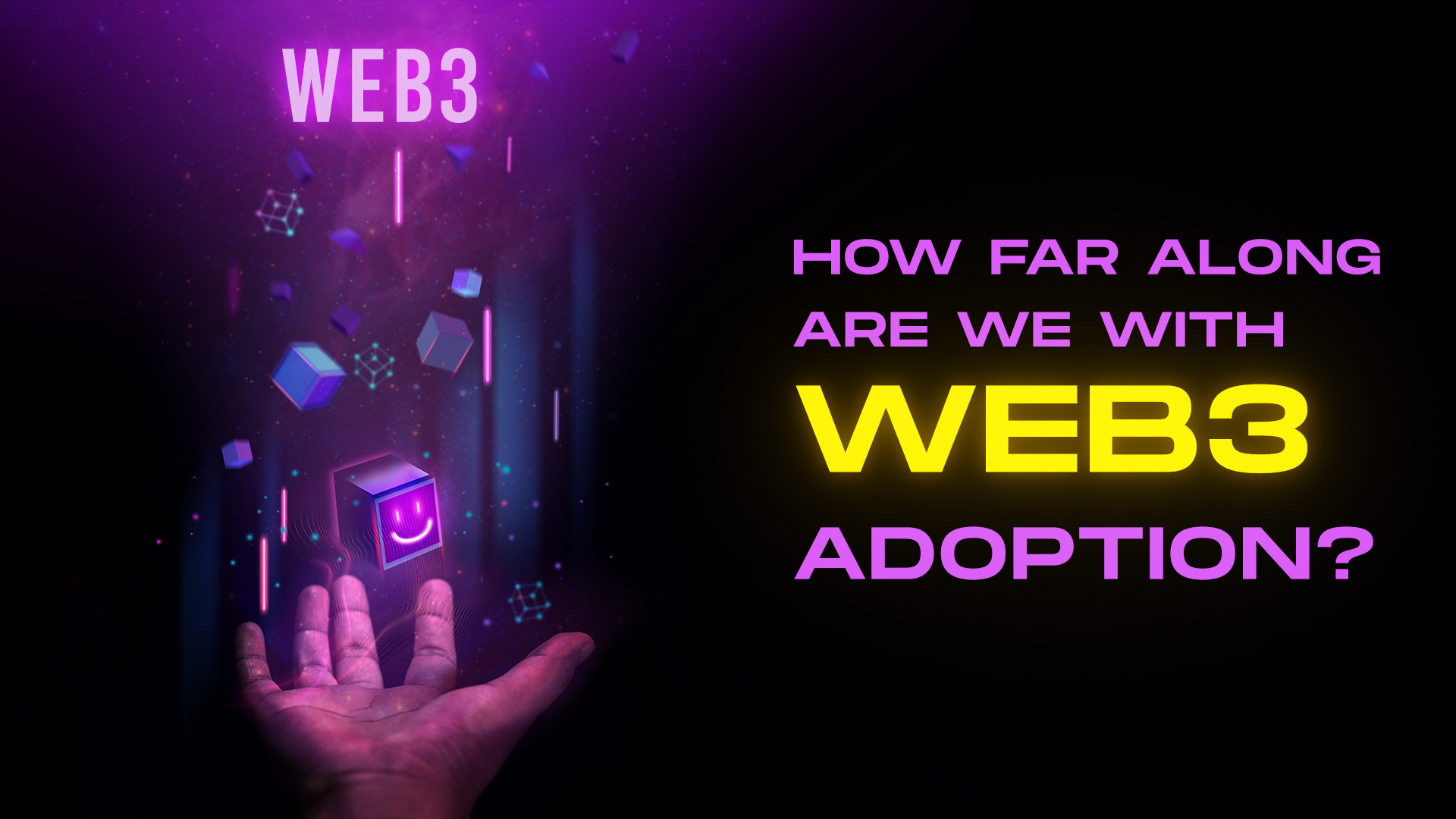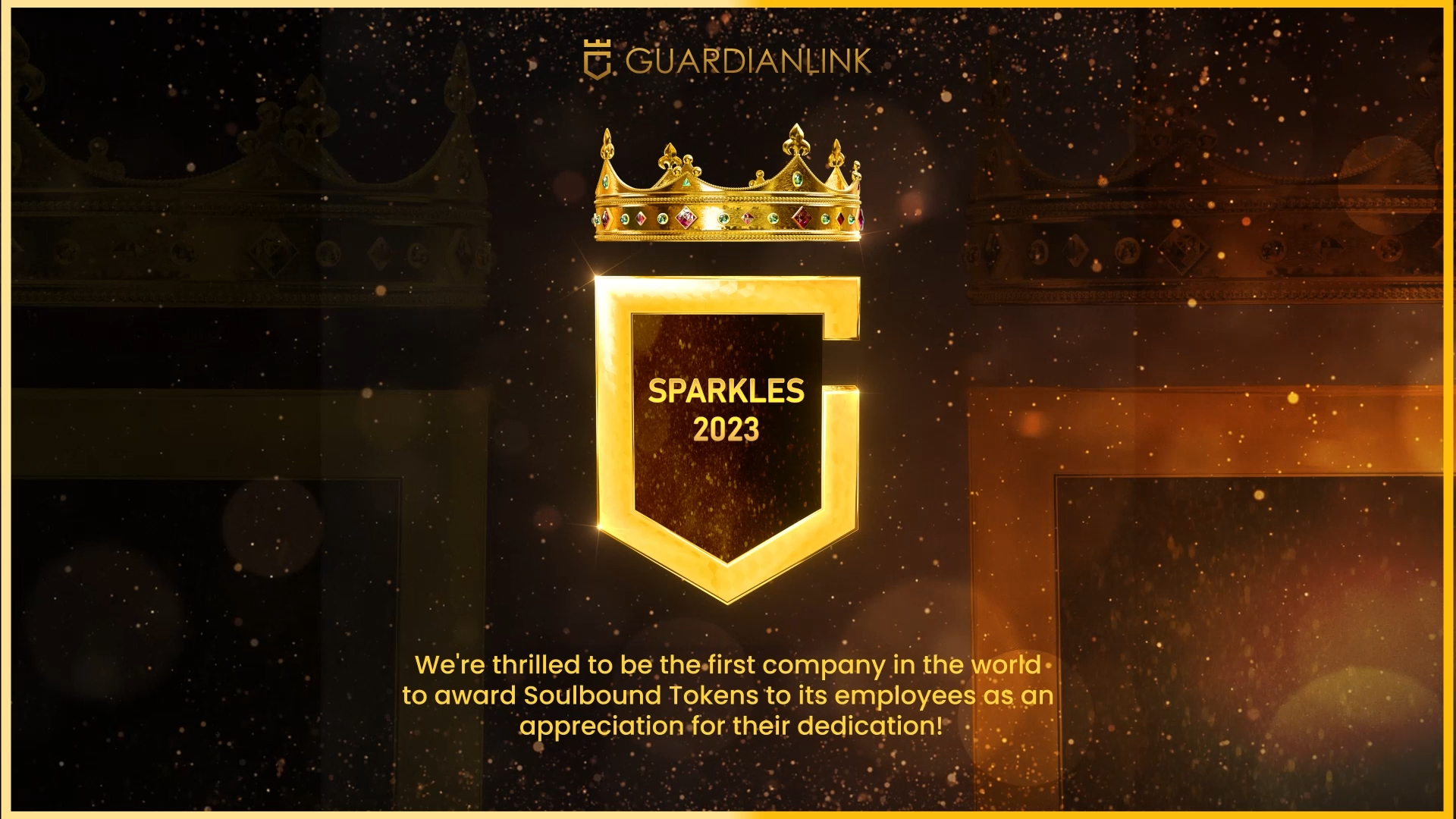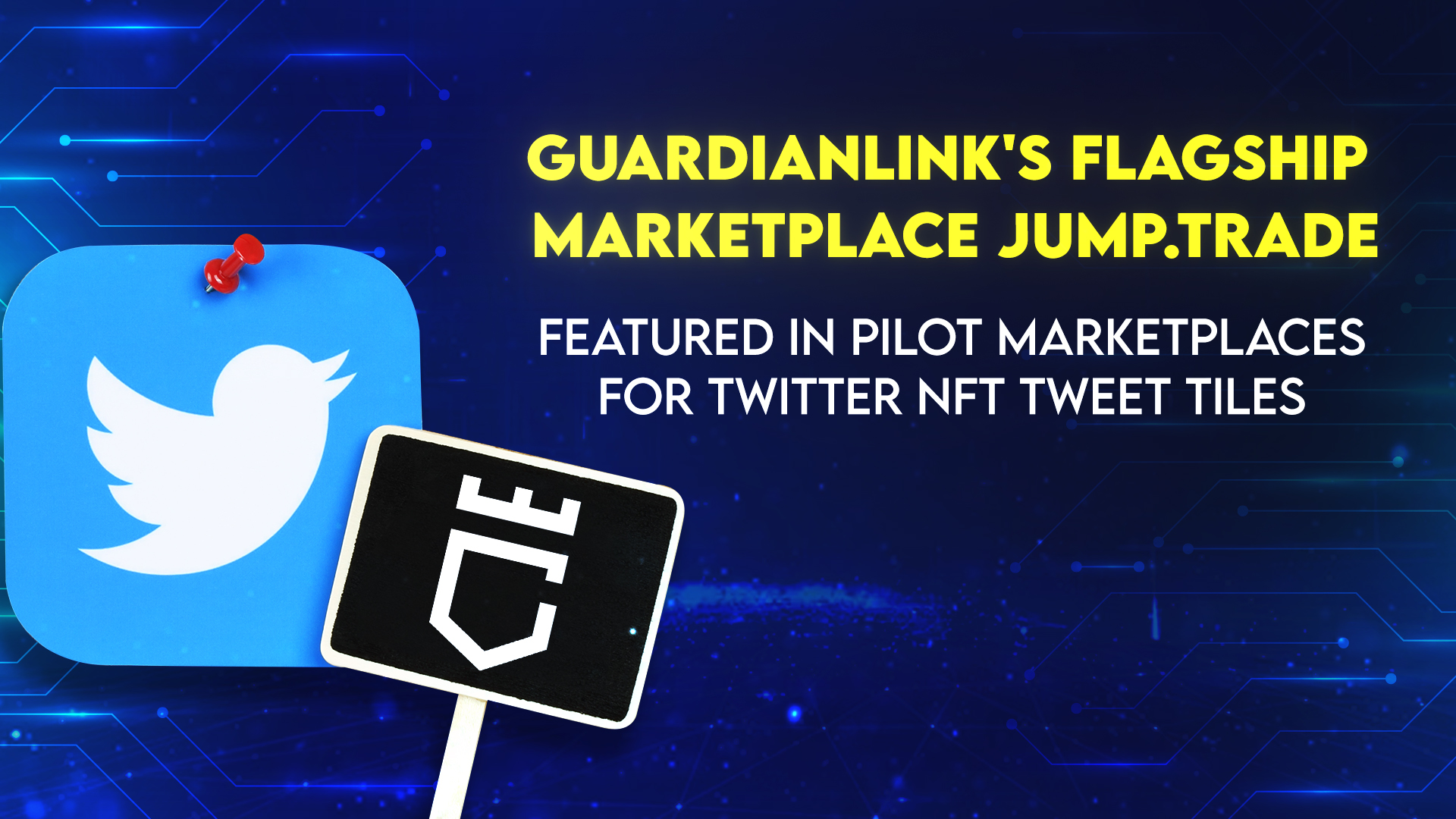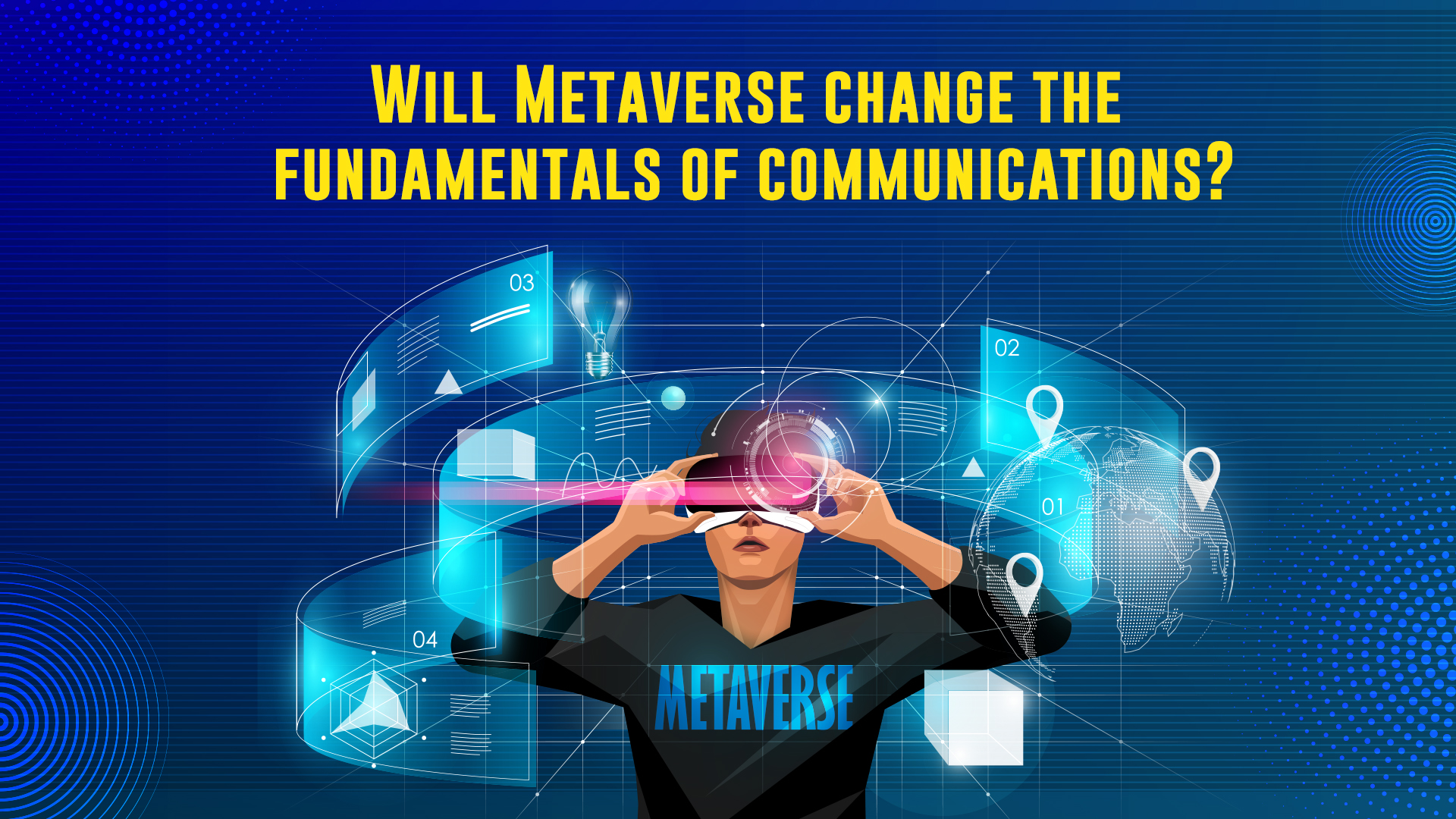How Far Along Are We With Web3 Adoption?
2022-05-01

Let us rewind our times to the year 2005. Internet cafés were in vogue during the day… And that was a massive struggle between Google and Yahoo! when it came to being the supreme search engine. Apple had not released this iPhone yet and there were only a bunch of websites.
Suddenly, there was this new product called Blogger that said that people could now create their own web content and post it on the Internet… For free! It was unbelievable for some people. Websites had now ceased to become luxuries. Anyone could create content and post it on the Internet with a unique URL.
The difficulty in accepting the fact that the Internet could have democratically generated content was really insane. This is precisely the juncture at which Web3 is right now.
Web3 as a concept
Web3 might have started to make its ripples when Web 2.0 was becoming mainstream. The Internet has always been aspiring to create a completely decentralized ecosystem… And it has been progressing in the right direction.
The first version of the Internet wanted to break the barriers to communication. Email would now ensure that communication across different corners of the world would happen in minutes if not seconds. The second version of the Web called Web 2.0 wanted to democratize information creation.
With blogging and social media… And a little more into the future from them, video sharing getting into the picture, storytelling was no longer confined to a bunch of big corporate houses. Web 2.0 was so effective that it created a new breed of professionals called content creators and influencers.
Web3 aspires to make the web not only democratic in terms of information but also in terms of remuneration. Even when the information provision and interchange were democratized and universal, the monetary aspect of it still stays confined to a few corporate entities. Web3 is all set to break this confinement and democratize data ownership, privacy, and advertising/monetization.
Web3 and NFTs also eradicate the need for intermediaries and the costs associated with it, thanks to the properties of the blockchain and the smart contracts that can seamlessly govern a host of activity chains without any lapses in accuracy.
The limitations
The only limitation that lies with Web3 is the lack of awareness. We have seen something like this happen in almost every new technological revolution.
Thankfully, there is a logarithmic increase in the magnitude of awareness concerning Web3. When the moment of utopia when everyone is aware of the awesomeness of Web3 and its possibilities comes up, it would be a lot easier to have a world that is digital-first!
So... How far are we?
Web3 has visibly set its foot in a lot of territories. The best example could be in the territory of gaming.
Until recently, gaming assets had limited validity and their utility was confined to the life of the game itself. With the introduction of NFTs, gaming assets now reside on the blockchain, making them tradeable. This has also led to the development of a lot of interdependent gaming ecosystems.
A new dimension of gaming called P2E gaming has made the until-recently-only-entertainment gaming into a proper avenue of the gig economy. Yes… You read that right! People can now earn money by playing games.
We have also seen considerable progress in art. It would not be an exaggeration to say that Web3, in all its glory, was heralded to the world by NFTs, and until about a couple of years ago, NFTs were nothing more than art with provable rarity.
They were since then, different forms of art like music, visual it, and even invisible paintings have been sold as NFTs, proving to the world that Web3 has a bright future if regulated properly.
A lot of premium brands are building their own metaverses. Metaverses, an integral part of the Web3 ecosystem, is considered to be the best possible confluence that brings together digital versatility and traditional exclusivity. We have seen brands like Louis Vuitton, Bvlgari, and Chanel create their own metaverses, trumpeting their entry into the Web3 space.
So... What is stopping things?
In all of this, it cannot be denied that for most common people, the concept of metaverse and Web3 sounds straight out of science fiction. Right now, Web3 needs to go through its much-needed adolescence in terms of exposure and awareness.
We have seen transformations take place in a very short time… And we have seen this happen with mobile adoption, digital payments, and Internet usage at large. Web3 is just an element of the existing web when it comes to the first exposure, this new community-centric technology may reach a lot of people.
Web3 is designed to be more inclusive than all the previous versions of the web. Therefore, it might not be a great idea to boast of a small niche of awareness. The proponents of this new tech must take it to the ends of the earth!
Closing words
We live at a time when there is a lot of expectation from Web3 but the use cases are not that pronounced. Web3 needs awareness and adoption… And both of them are painstakingly slow but assuredly solid!
It would be very safe to say that Web3 is in its adolescence and it is steadily growing to be a responsible and mature adult by shedding the attributes that might be detrimental to its progress, decluttering a lot of unwanted elements, becoming more focused and by diversifying its spectrum of utility.
Recent Posts

Sparkles 2023: Celebrating Talents, Dedication, and the Spirit of Excellence!

GuardianLink's Flagship Marketplace Jump.trade Featured In Pilot Marketplaces For Twitter NFT Tweet Tiles

How Far Along Are We With Web3 Adoption?

Will Metaverse change the fundamentals of communications?

India becoming a haven for millennial entrepreneurs in the Web3 space



